A sump pump is designed to drain the excess water from your household to avoid flooding. Often installed in a remote location of the basement, the average homeowner tends to overlook this crucial plumbing equipment. In fact, the only time when a sump pump may draw your attention is when it suddenly stops working.
When your sump pump is not working anymore, the consequences could be severe. Without a working sump pump, the excess water will accumulate in your household, eventually resulting in a flooded basement. This problem worsens during spring, complicated by the heavy rainfall and the melting snow. The wet weather conditions will accelerate the water accumulation, which increases the risk of flooding.
Before the flooding happens, you only have a short period of time to figure out why the sump pump is not working. You can either diagnose the problem yourself or call an emergency plumber for immediate help. If you delay fixing the broken sump pump, your home only becomes more vulnerable to the flooding damages.
Here are the seven potential reasons why your sump pump is not working:
1. The sump pump is overloaded with too much water.
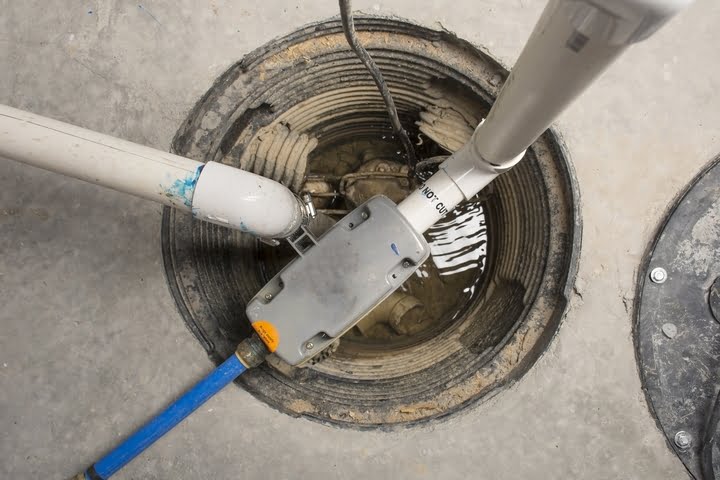
A sump pump is only as effective as its maximum capacity. At times, the water level is so exceedingly high that it might drown out the sump pump. This tends to occur during a particularly rainy season, compounded by the high volumes of melting snow. In these instances, the sump pump is not working because the equipment has been overloaded beyond its capabilities.
If there is too much water for the sump pump to handle, you may consider installing another pump in your basement to pick up the slack. A second sump pump alleviates the burden of its counterpart, allowing more water to be drained out of the household at a faster pace.
2. The sump pump is not installed properly.
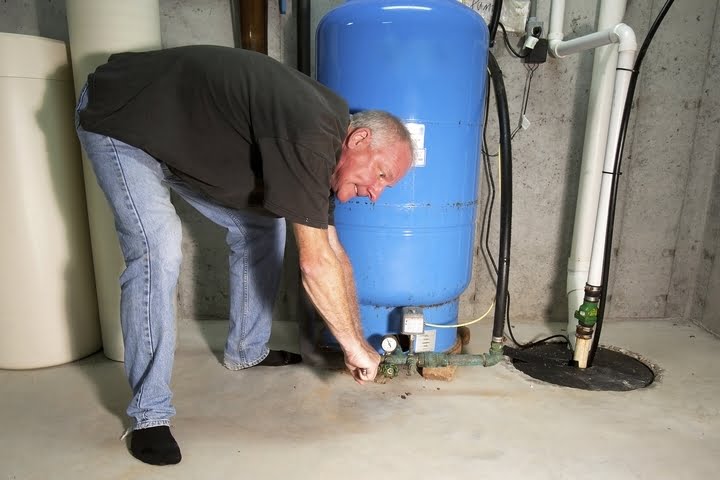
Sometimes, a sump pump is not working due to an improper installation. This usually occurs when homeowners tried to install the sump pump by themselves, but they failed to assemble the parts with precision. A common mistake is packing the area with dirt or gravel, which can muddle with the pump’s mechanisms, causing the equipment to malfunction.
Since a sump pump is a relatively complex plumbing system, installing it requires accuracy and expertise. If you feel unsure about the correct installation procedures, call in a professional plumber to help with the process.
3. The sump pump is not working after a power outage.
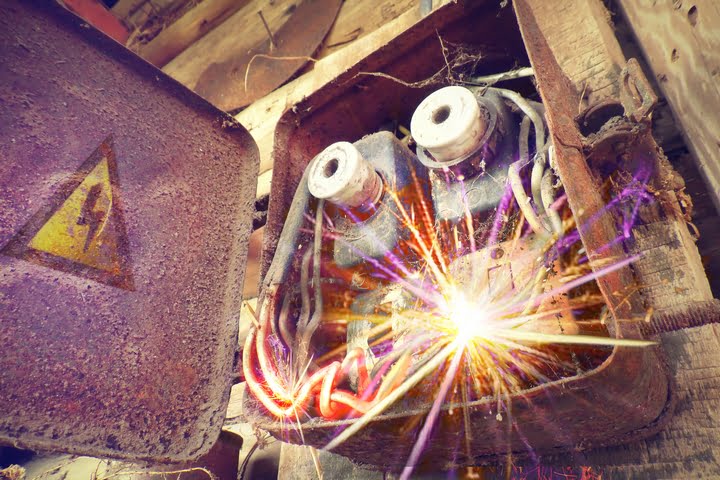
Power outages can strike your home at any time, particularly during a storm or a hurricane. In midst of a power outage, you may encounter troubles with a lack of light, heat, and running water throughout your home. Another common problem is that your sump pump may shut down due to a lack of power. This can prove disastrous, since you’ll rely on the sump pump heavily during extreme weather conditions.
Before a storm hits, go out and purchase a power generator for your sump pump. This backup generator will ensure the pump continues to do its job, even when lashing rains and overflowing riverbanks make flooding a very real hazard.
4. The sump pump is too old.

Many problems arise with old age, which could be the reason why the sump pump is not working. If you recently moved homes, you should check the current condition of your existing sump pump. Even if the rest of your house looks new and pristine, there is a chance that the sump pump got overlooked during the refurbishing process. Upon inspection, you may realize the pump is too old and has deteriorated significantly over time.
In times of rain and flooding, you don’t want to rely on an ancient pump from many years ago. If your sump pump has been installed for over a decade, considering purchasing a replacement pump that will work with much better efficiency.
5. The sump pump suffers from a lack of maintenance.
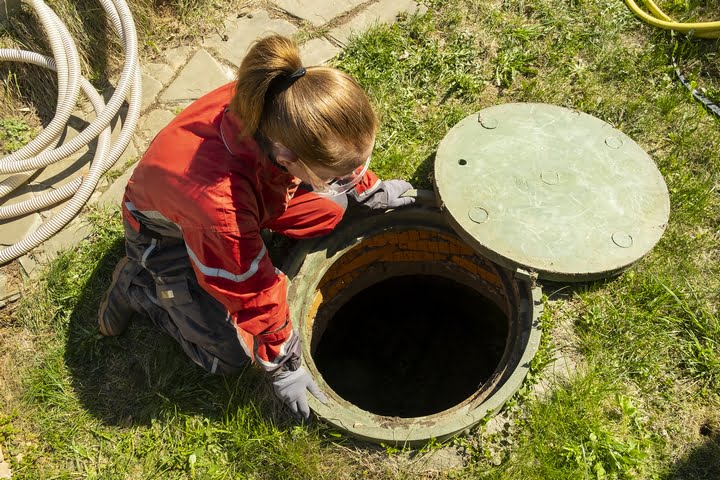
Like all your plumbing systems, the sump pump requires regular care to function properly in the long term. A lack of maintenance could result in damaged parts and faulty equipment, which will lead to the sump pump not working after a while. Your sump pump should be maintained on a regular basis, preferably checked and inspected once a year. You can increase the frequency of these inspections after a big flood or storm.
In addition, you should also run some simple preventative maintenance to keep the sump pump running smoothly. For instance, you can apply a cleaning solution through the pump from time to time, which clears out the gunk.
6. There are blocked up discharge lines.
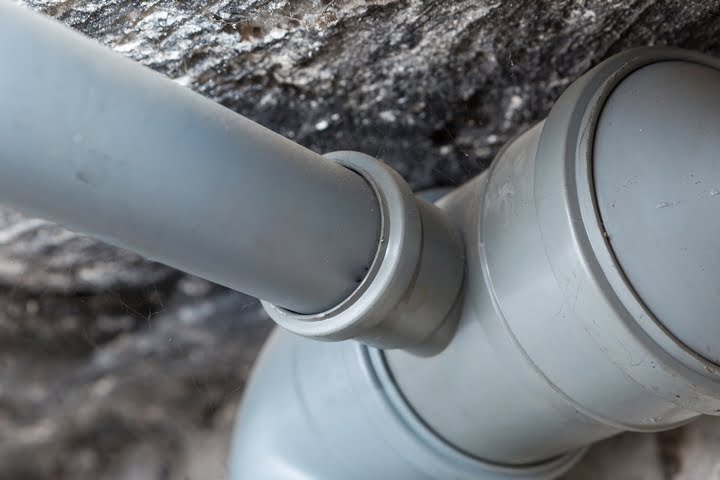
If the sump pump equipment is in working order, then maybe the issues lie within the pump’s discharge lines instead. Over time, the discharge lines may be obstructed by debris, gunk, or even ice during the winter season. If these lines are blocked, the excess water has nowhere to go, so it could end up flooding your basement as a result.
There are various safeguards you can install to keep the lines free of ice and build-up. As part of your maintenance routine, always take extra care to keep your sump pump’s discharge lines clean and clear.
7. There is a defect in the sump pump.
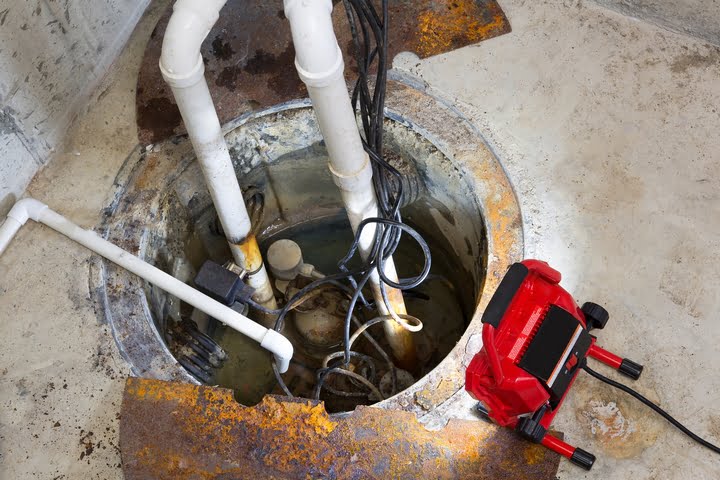
If none of the above reasons explain why your sump pump is not working, you may need to examine the manufacturer more closely. Is it possible that the original sump pump came with faulty parts? While defective products are rare in today’s quality-controlled world, they do occur from time to time. Since a sump pump is such an intricate device, even one malfunctioning part can stop the entire system from working properly.
A closer plumbing inspection will reveal whether all the sump pump parts are in working order. Depending on the severity of the defect, you may need to replace a certain part or purchase an entirely new sump pump system.



